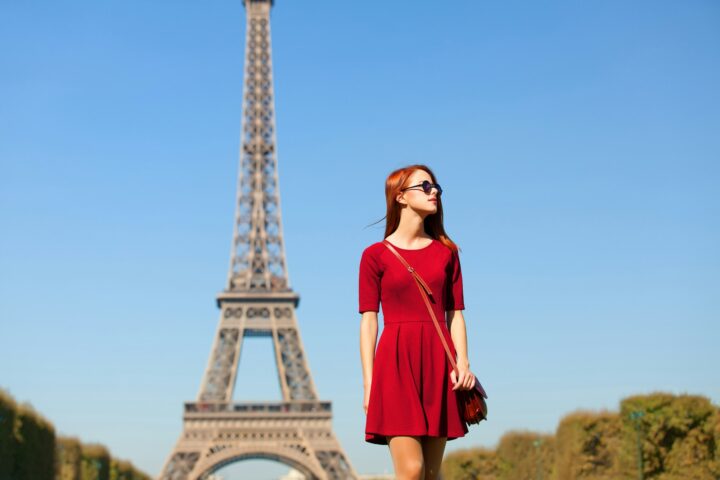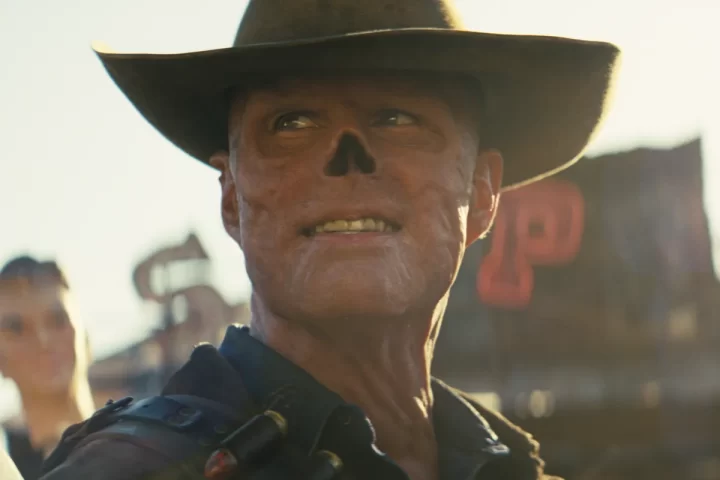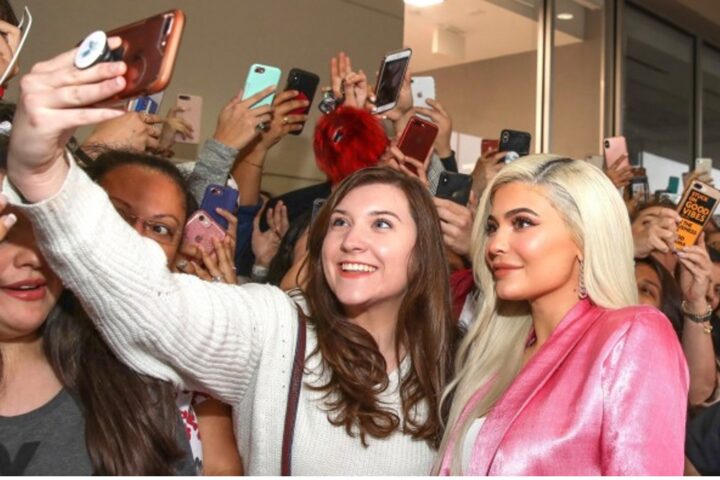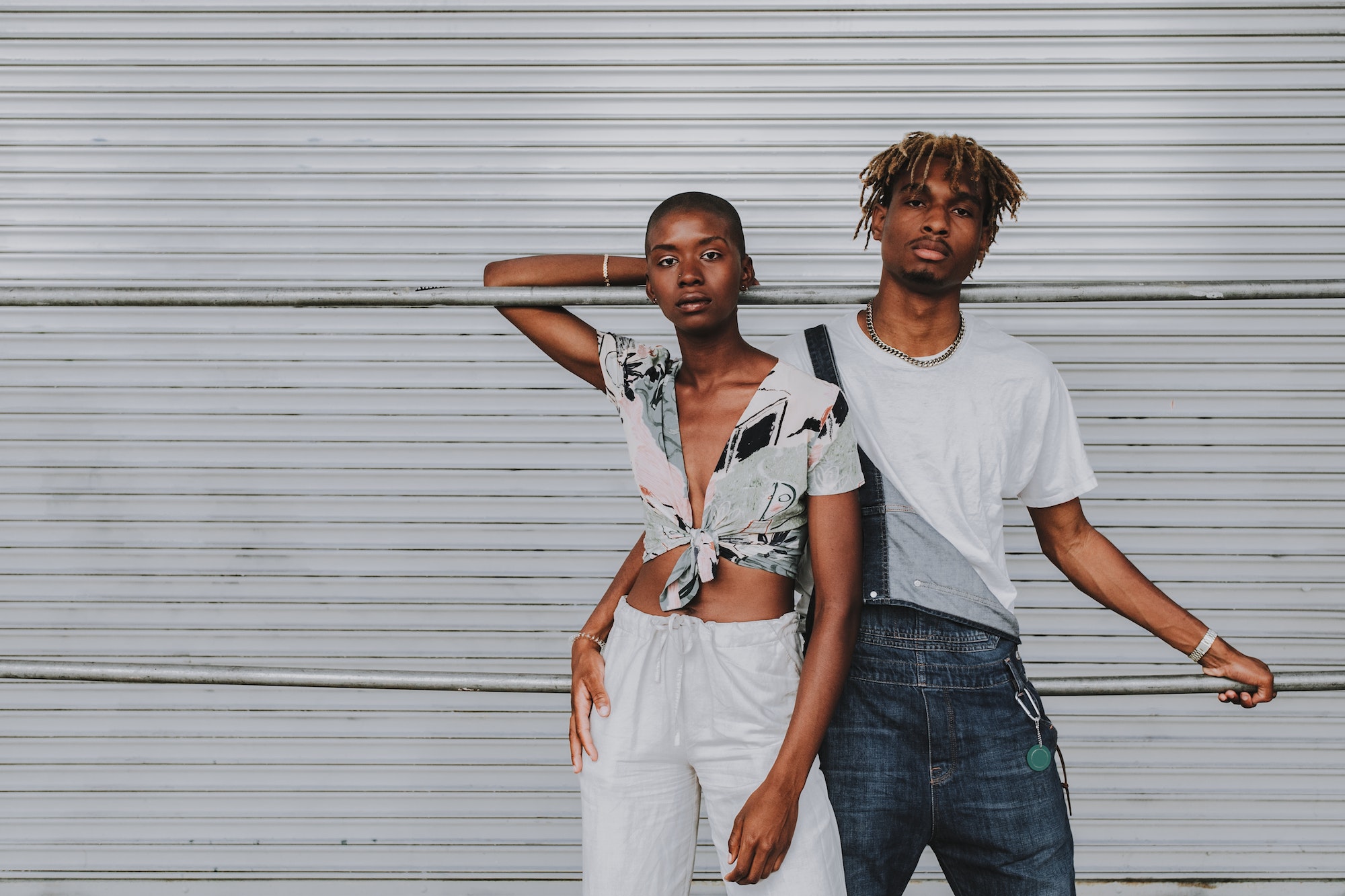Talk about being provocative, exploitative, imperative, accessible, and most importantly, inclusive!
With diversification and increased awareness, there is so much diversity in today’s time, in every other aspect of today’s industry.
The Internet era leaves no stone unturned — there is sustainability, the local brand owners are given a chance to flourish and make it big, and even the big brands like Gucci, Victoria’s Secret, and Tommy Hilfiger can be seen to be imploding with captivating inclusivity.
One of the main reasons for the Inclusive Revolution in fashion is that size is still included. Models with slender bodies, long legs, and white skin gradually disappeared, supporting active body movements depicting women and men of various body types and sizes.
In fact, compared to mainstream fashion media, the rise of influencers targeting a more diverse audience has traditionally addressed and motivated brands to respond to calls for greater representation. But the Internet also provides a powerful platform for critics and activists, who are working hard to promote the industry’s long path towards inclusion.
The standard slim European-centric beauty story has contributed greatly to the lack of self-esteem that exists so clearly in both men and women. According to the Park Nicollet Melrose Center, 70% of perfectly healthy women want to be skinny, and 80% simply “don’t like their shape.” That’s just part of the inclusiveness issue of size The fashion industry currently faces increasing demand for diversity, especially racial or ethnic diversity.
According to Luxiders magazine, in the United States, the average person does not tolerate unrealistic standards of beauty in a size 04. Active movement is “the fashion industry’s lack of diversity and the biggest obstacle to a positive self-image”.
Racial and ethnic diversity is not limited to models. This actually means hiring a variety of non-white stylists, designers, directors, and producers. This means setting up a fashion company with other employees and other models. Next, the Variety of Views is displayed. It not only forms the fashion movements of men and women of color, but also builds, designs, and produces to connect communities across artificial racial barriers.
Most importantly, the diversity of fashion opened the door for people of color to enter the media, hoping that they could see them fighting with a face similar to themselves is. This generally supports the creation of decentralized communities. However, the allowance does not end here. The representatives of the LGBTQ community are also important for the future of fashion. The cumulative purchasing power of this community is an indispensable part of the future of fashion, and since it represents the world’s fourth-largest economy, it’s best for the fashion industry to start catching up to this underserved crowd. [1]
The lack of personalization in fashion is an ongoing problem in the LGBTQ community, especially for young people. Consumers are forced to decide between two genders, whether they identify with one or the other, which is extremely limited for young people who are still discovering their sexual and personal identities. According to Women’s Wear Daily, models have also failed. Many transgender and non-binary models feel that they are “forced to hide their identities” in order to succeed in the fashion industry. Members of the LGBTQ community should not hide their sexual orientation or gender in order to succeed and that is a necessary step to rationalize the revolution.
From cultural appropriation to outright racism, the last 12 months have shown how long fashion can last and become extremely inclusive in nature. The current activities of the customer identity policy, the worst social networks can bring ever-lasting change.
The rise of social media and the ever-changing cultural and political landscape has changed the rules of the game and brought those conversations into the mainstream. Brands that serve the global marketplace are struggling to serve increasingly diverse and expressed consumer groups. Design scandals and the insensitive activities of Gucci, Dolce, and other giants to race and culture.
[2]One of the most recent examples of Inclusive Revolution can be seen as, The Eone Bradley Timepiece, where one can tell time by touch or sight. Another main example is how ‘Closed Captions [CC]’ were originally brought into use, majorly for the people with hearing impairment, but now it is used by almost all of us, either for learning a new language or watching something with the sound of — the list goes on. Recent developments like these bring out the true sense of inclusion.[3]
In the past five years, significant changes have taken place in the industry, albeit gradually. In 2017, Edward Enninful became the first black editor in chief of the British version of Vogue. Last year, Taylor Mitchell photographed Beyonce for the September issue of American Vogue, the first black photographer in the history of the magazine to shoot the cover. On the other side of the Atlantic, Virgil Abloh became the first black man to serve as the artistic director of the LVMH brand.
The main factor is when products and services like these are brought into the market, it doesn’t just provide accessibility to the ones living with impairment, but also helps to ease out the experience for the rest of the existing population. It turns out to be a source of convenience, a good move towards hitting the road to development.
The Internet is no more seen as a privilege, it is seen as a right. Therefore, business growth can be optimized. ‘Inclusive Revolution’ is something that is out of the box, something that is new but meant for all. It hints towards something that is different but also targets different demographic groups and income levels. So, getting the right perspective is necessary.
Most importantly, inclusiveness is something that the fashion industry can no longer ignore, but there are no quick solutions or cosmetics for the challenges faced by an industry that has operated for decades in exclusive and scarce islands.
Finally, we need to understand that Inclusive Fashion is so much more than just size, it is the acknowledgment of the need for racial diversity, body inclusivity, sexual representation, and representation of the disabled community, it is not just a necessity, it is the future!
References:
[1] ‘Inclusive fashion is more than just size’ by Anastasia Matano available at https://theticker.org/3684/opinions/inclusive-fashion-includes-more-than-just-size-inclusivity/
[2] Fashion’s Long Road to Inclusivity by Sarah Kent available at: https://www.businessoffashion.com/amp/articles/intelligence/fashions-long-road-to-inclusivity
[3] Embrace the ‘inclusion revolution’ by Nicky Brand available at https://www.bizcommunity.com/Article/196/13/212092.html









